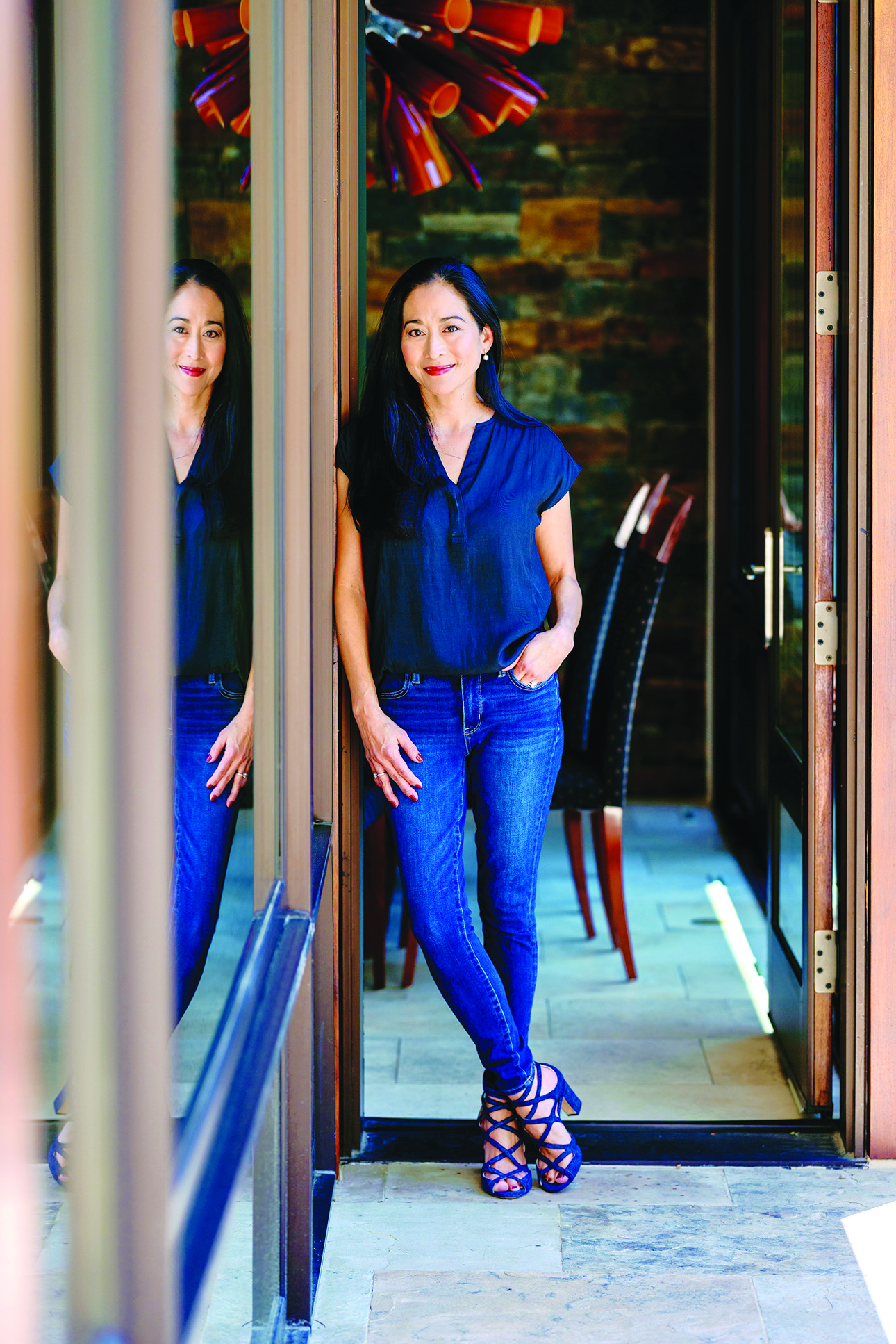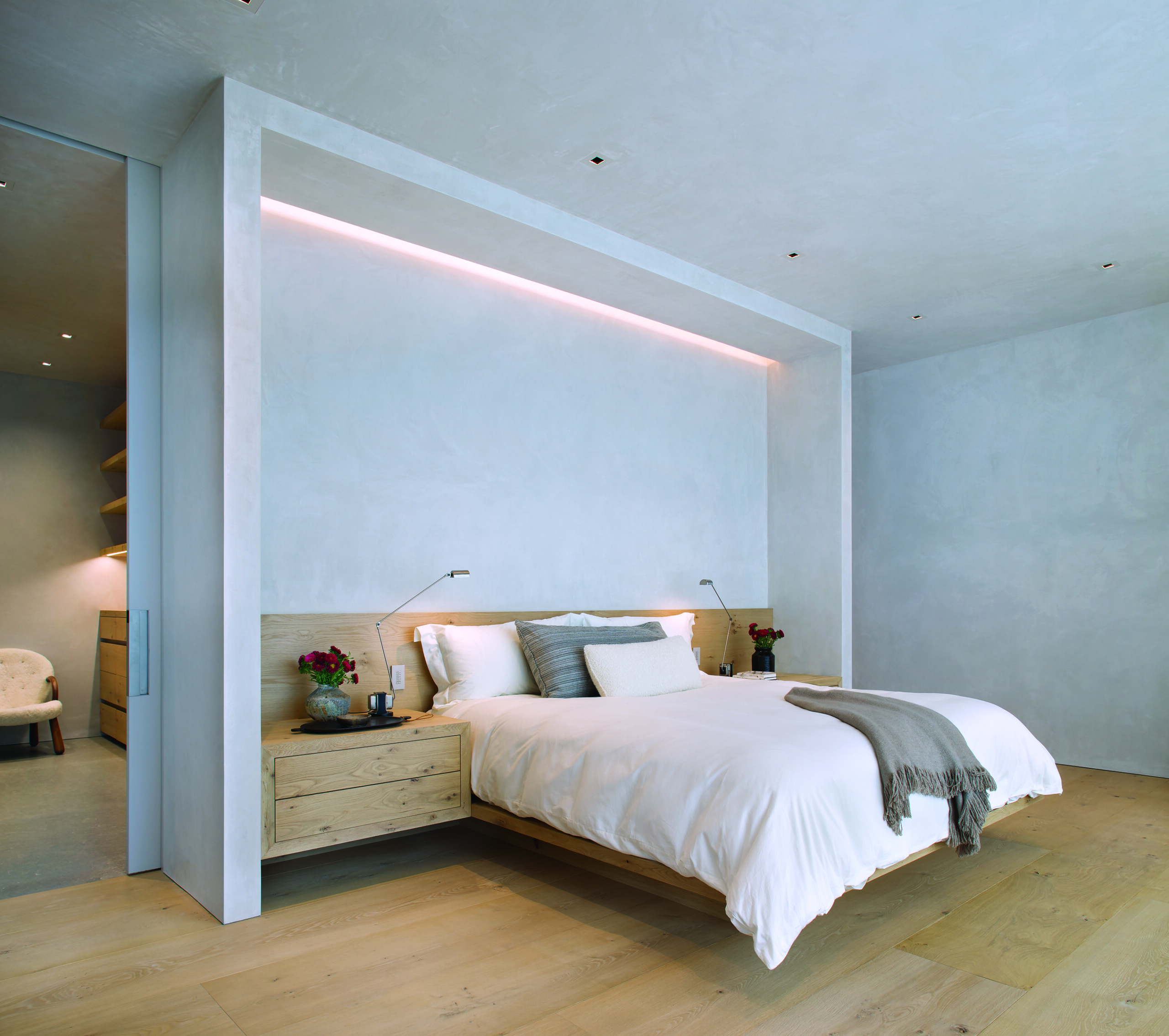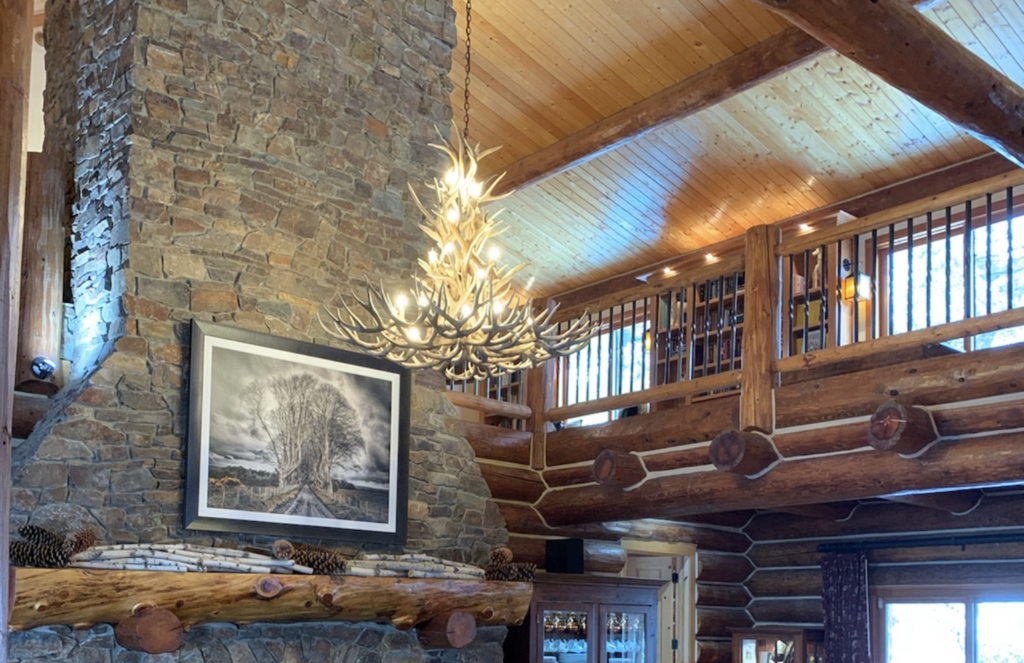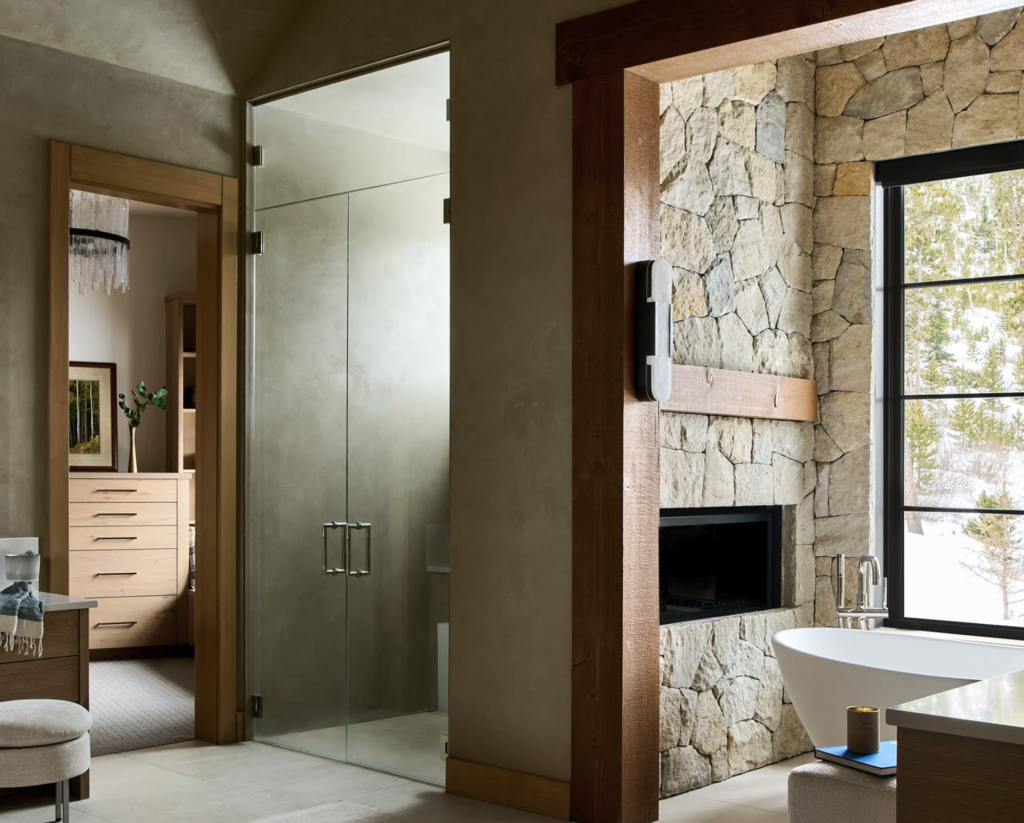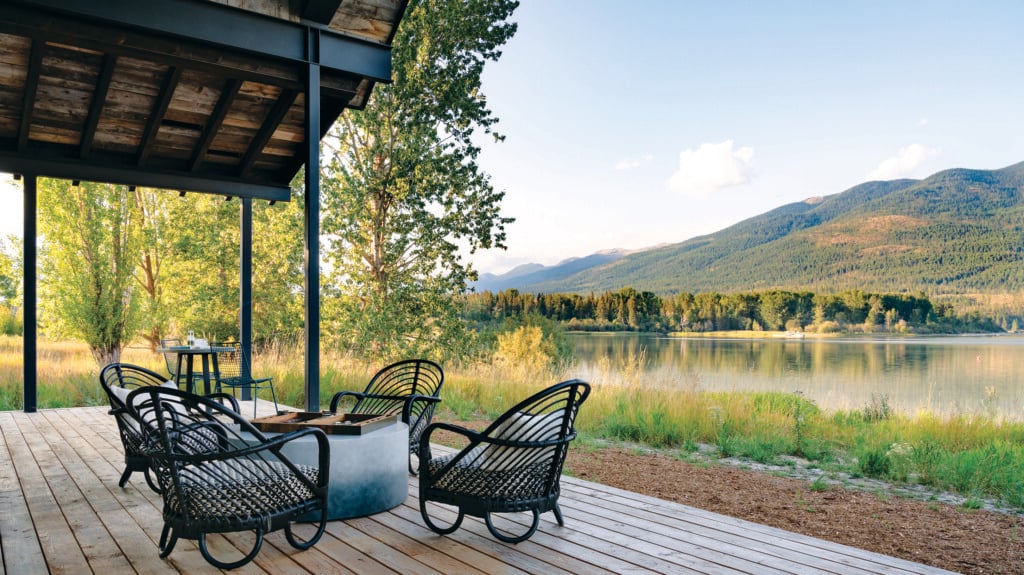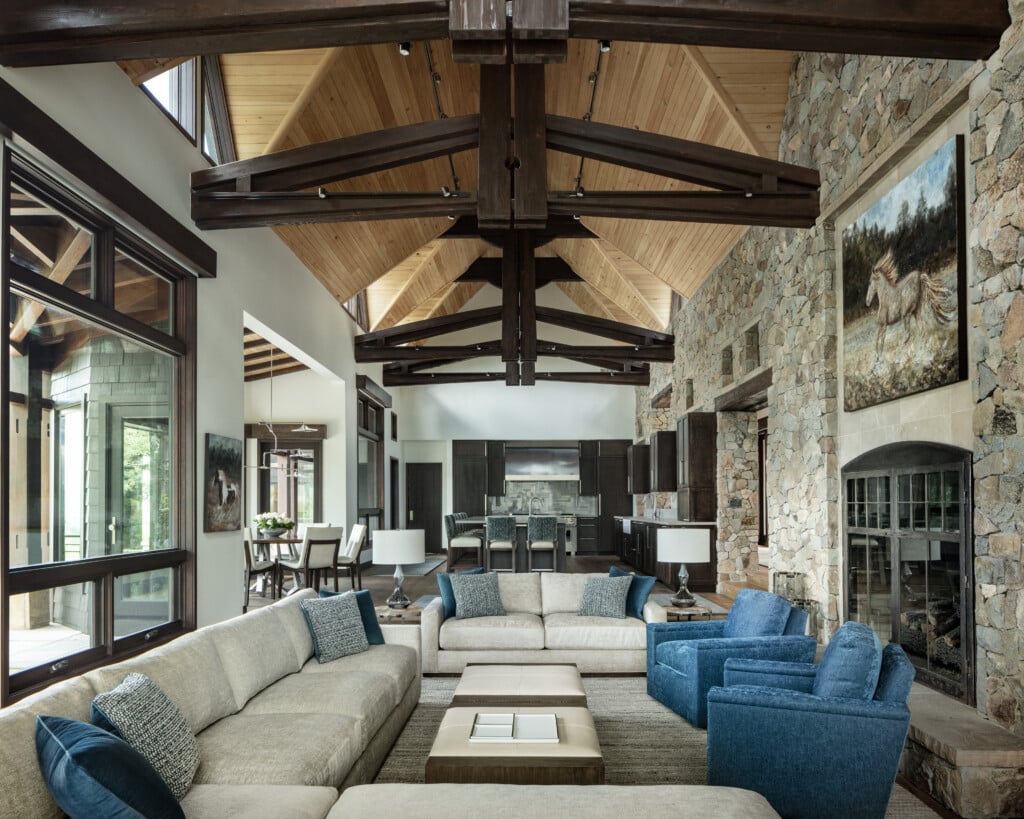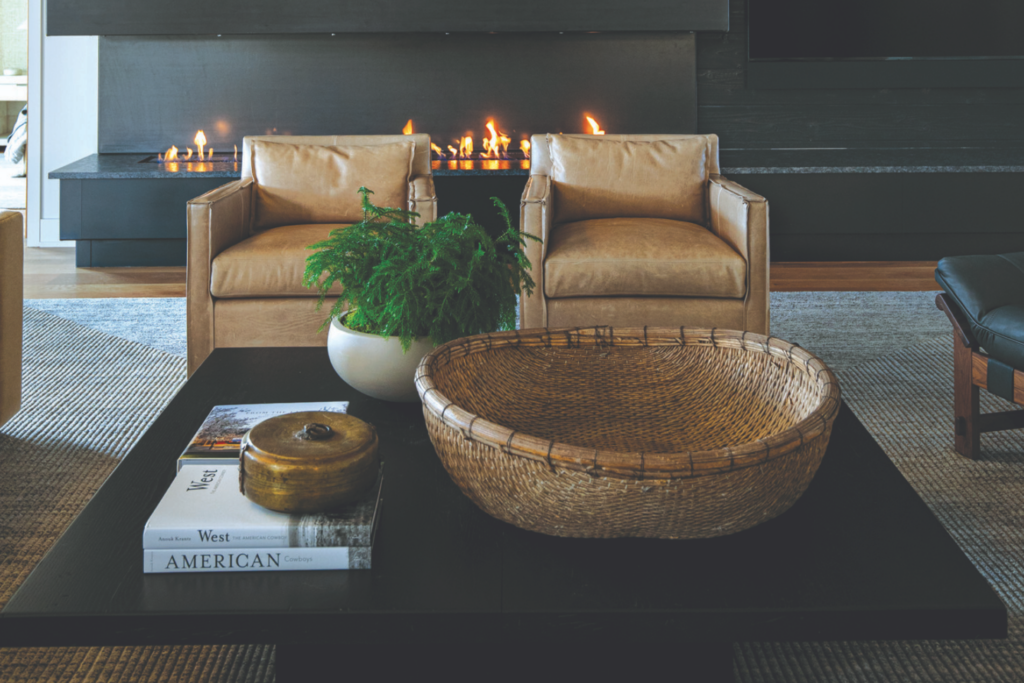Why Lighting Should be Considered at the Very Beginning of a Design Project
Sophisticated and sensible lighting design makes a home feel comfortable and inviting
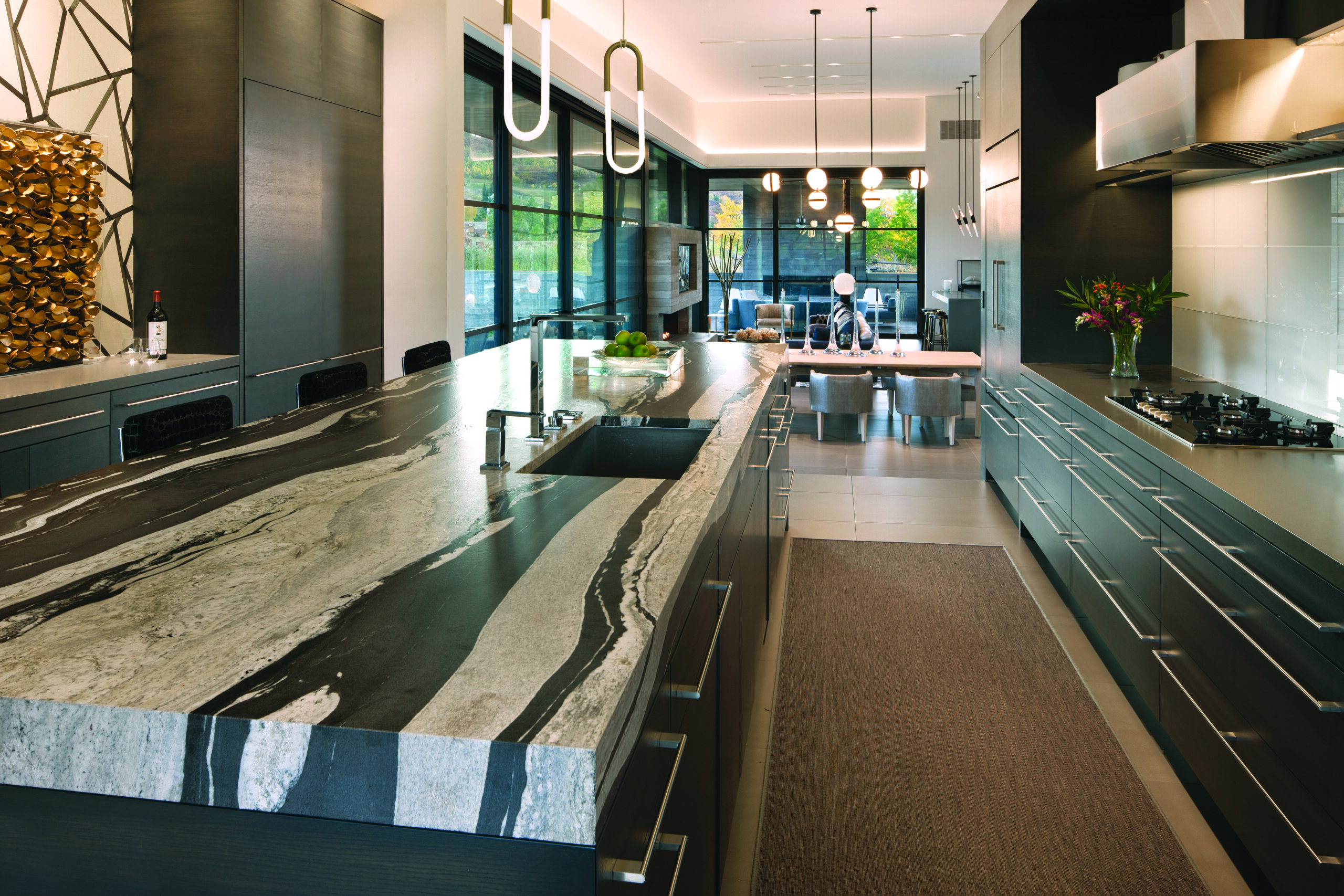
A mix of general and task lighting in the kitchen, dining and living areas. Accent lighting highlights architectural details. Decorative lighting adds intimacy. All combine to create an inviting space. | Photo David Marlow
Lighting is one of the most important design elements in a home—and the most often overlooked. “It is an integral part of interior design and should be considered from the very beginning of a project,” says lighting designer Emily Gordon Harvier, president and principal lighting designer of Aspen, Colorado-based Elumenate. She believes that good lighting not only makes a home more welcoming but also can be used to highlight a home’s best features, like beautiful artwork, a stunning fireplace and architectural elements.
After completing an undergraduate degree in architecture, Gordon Harvier earned a master’s degree in lighting design at Parsons School of Design in New York. She worked at Fisher Marantz Stone (FMS), a top architectural lighting design firm, where she had the opportunity to be part of the team that designed Tribute in Light—twin blue light beams that reach four miles into the sky over lower Manhattan to honor the victims of the September 11 attacks.
Gordon Harvier assisted with the aiming and focusing of the “light beams” in the middle of the night to make sure they were angled appropriately and straight. “Working on this project was very sad and very moving,” she recalls.
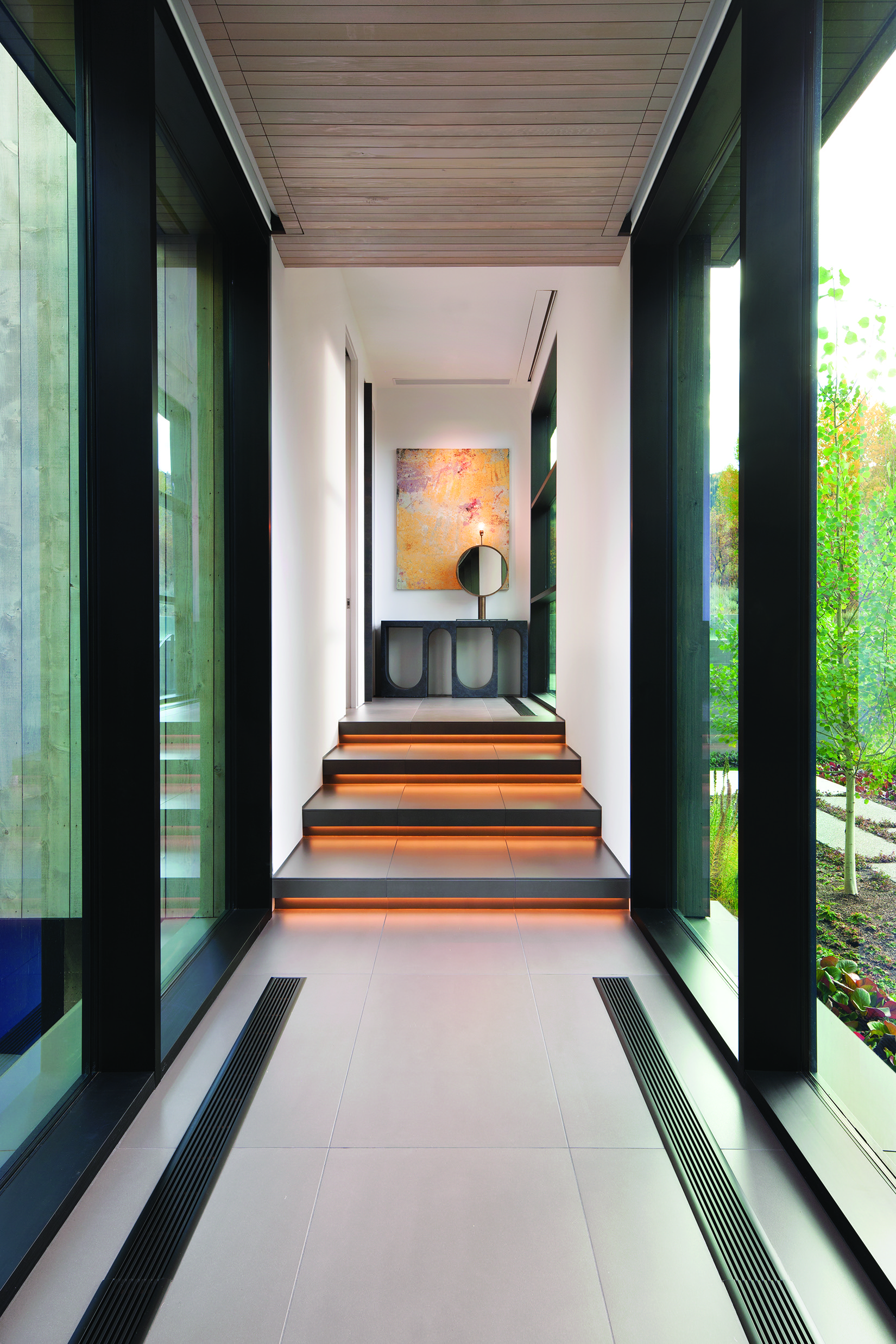
Natural light, integrated step lighting and the art-focused light at the end of the hall are integrated to create an inviting passageway. Applied lighting is important for safety but also highlights architectural and interior-design elements. | Photo David Marlow
“FMS is a world-renowned firm that works on the most amazing commissions,”Gordon Harvier says, but she realized she was not a ‘big city girl’ and returned to her roots in Aspen. She worked at The Lighting Studio for 1 1/2 years before starting her own business in 2005 with just $100 in the bank. The gamble has paid off. Today, she works with prominent architects and designers on a diverse portfolio of residential and commercial projects in the United States and internationally. Each project typically starts with a meeting of the architecture and design team to talk about “design intent.” The discussions range broadly—from determining the client’s vision to scale-modeling the furniture layout and art placement. Gordon Havier coordinates lighting specifications with architect, interior designer, builder and subcontractors. In addition, each state, county and municipality has its own regulations, restrictions and guidelines with which she must be familiar.
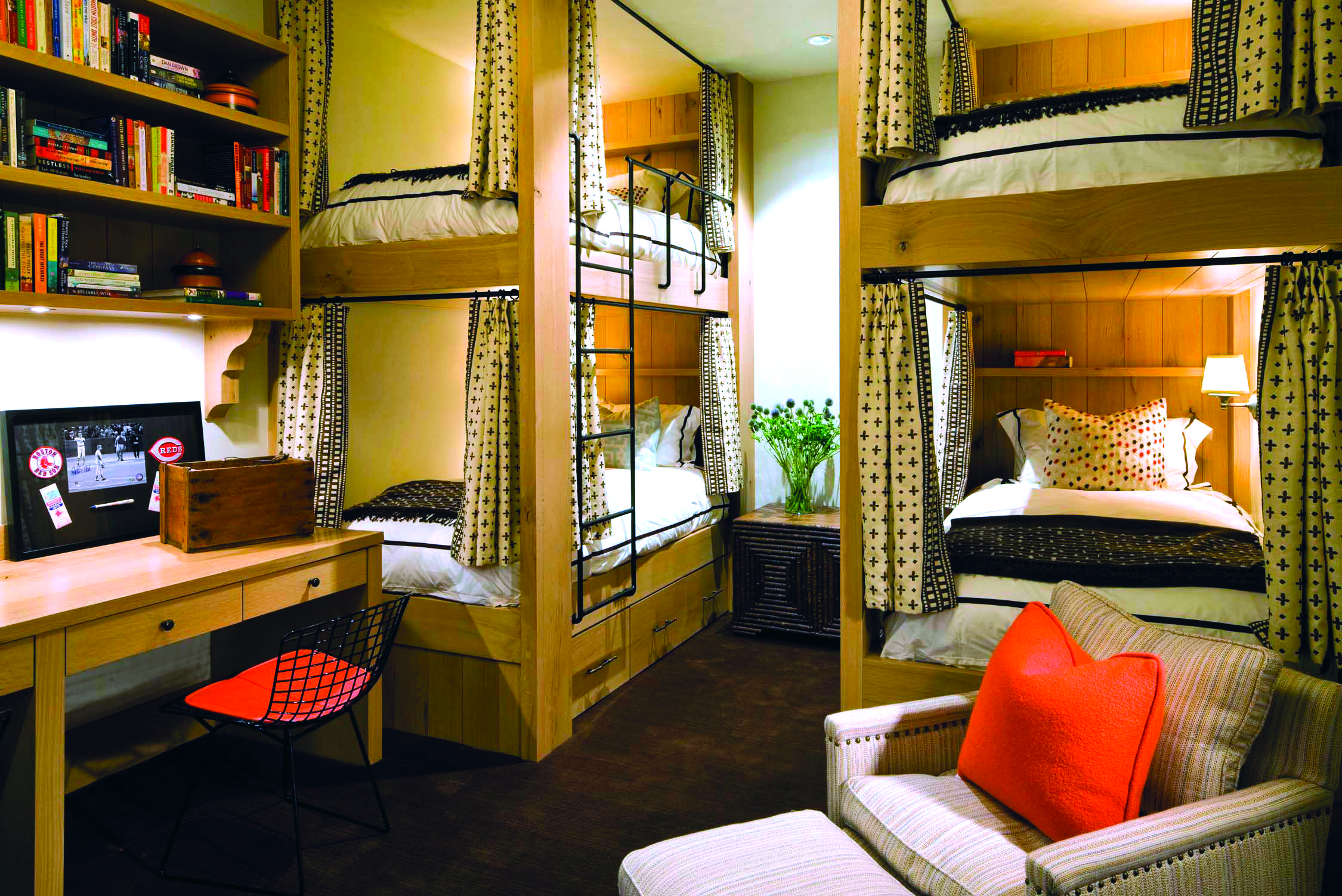
An elegant and intimate bunk room with individual lighting per private bunk space. The “glow” off the wood and fabric makes this entire space charming and appealing. | David Marlow
Gordon Harvier’s specifications for “performance and location” can be as simple as stipulating the correct lighting inside closets and pantries (“you have to see what’s in there”) or as complicated as creating uniformity in a home that has some wood-paneled rooms and others with Venetian plaster. “From room to room, consistency is key,” she says. “It has to look seamless.” “Each home is different; each homeowner is different,” she says, “but each involves mixing of different layers of light—ambient lighting, task lighting and accent lighting.”
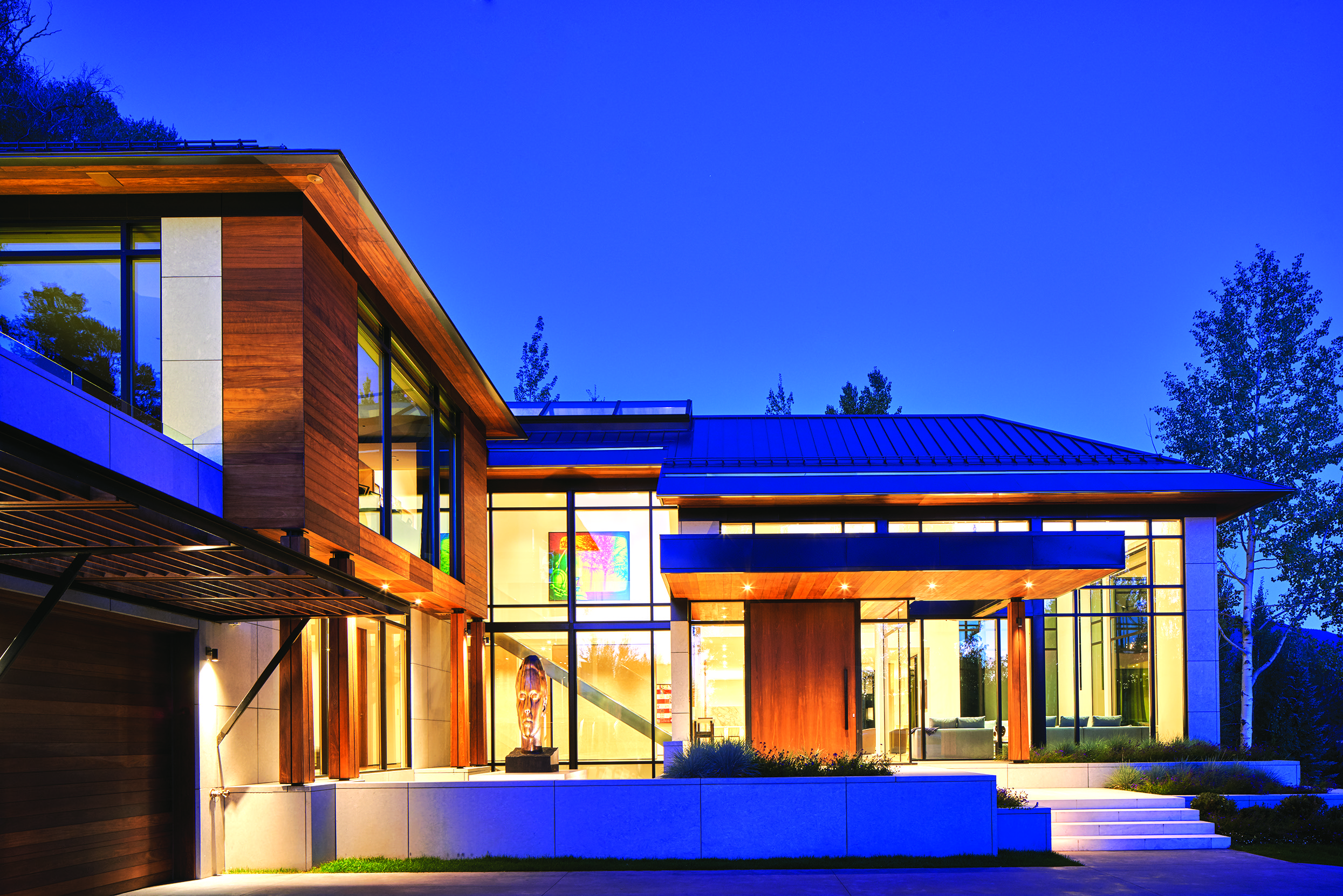
Well designed and properly installed exterior lighting makes a home look beautiful and welcoming at night. It can also highlight key architectural and design features. | David Patterson
She gives a few examples. “At night, you don’t need to blast the living room with overhead lights like you’re doing surgery. Instead, rely on accent lights for a nice warm glow.” In the kitchen, she specifies under-cabinet task lighting “so you are not casting a shadow over the vegetables you’re chopping.” A bathroom or powder room “must have frontal illumination, and any downlight needs to be placed in front of the body, not behind.”
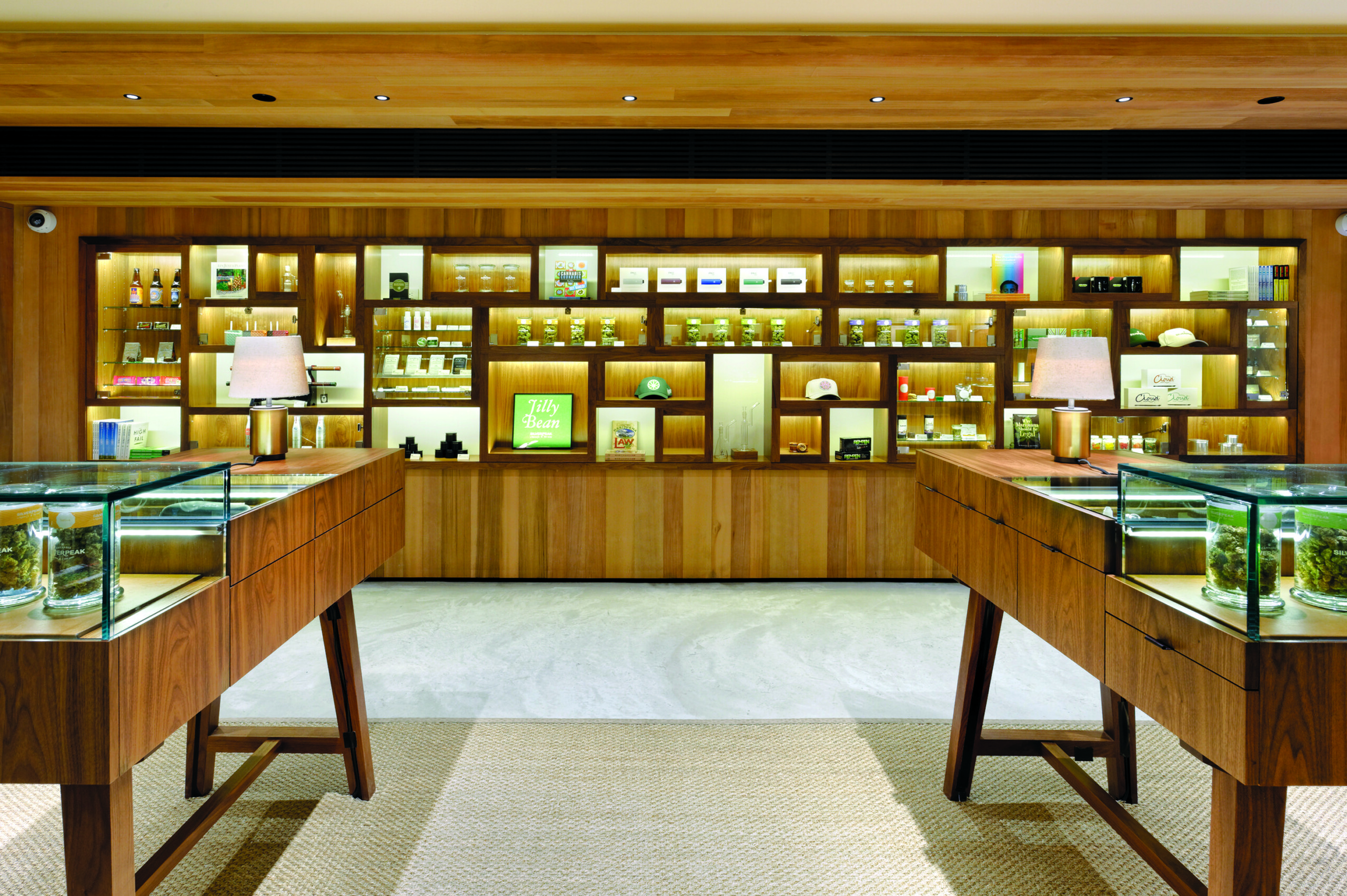
LEDs are used throughout this commercial space (Silver- peak Apothecary) to properly display products without the harm that heat from conventional lighting could cause. The lighting, integrated with handsome woodwork and other materials, gives the displays a cool, modern look. | BLDG Seed Architects/Silver Peak. Photography
Although Gordon Harvier enjoys the technical aspects of her work—wiring, wattage, lamping, zoning, lighting ratio and control—she also enjoys commissions for custom lighting fixtures. “It is nice to have that change,” she says. Her “techie” side complements her artistic side, inspiring sophisticated lighting that enhances beautifully curated homes.

